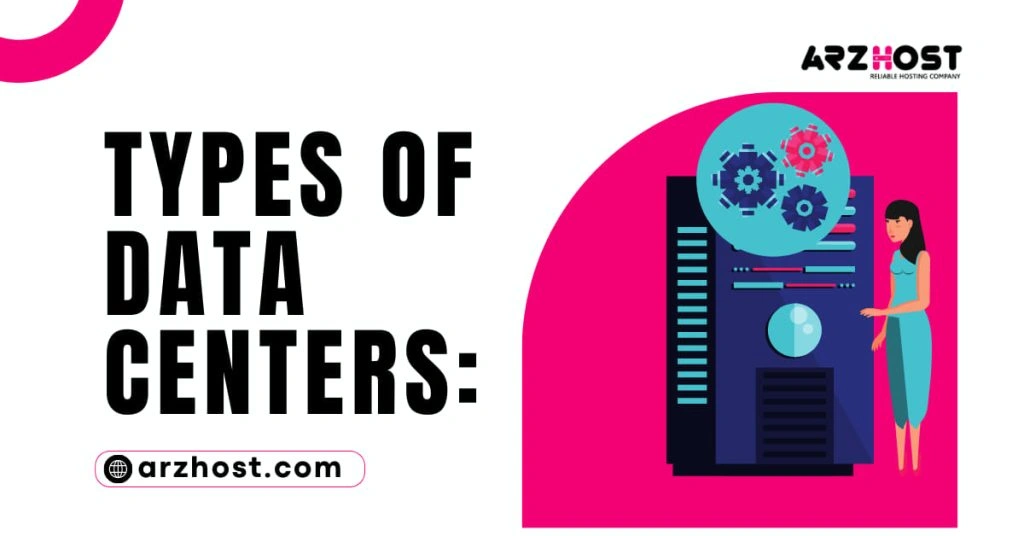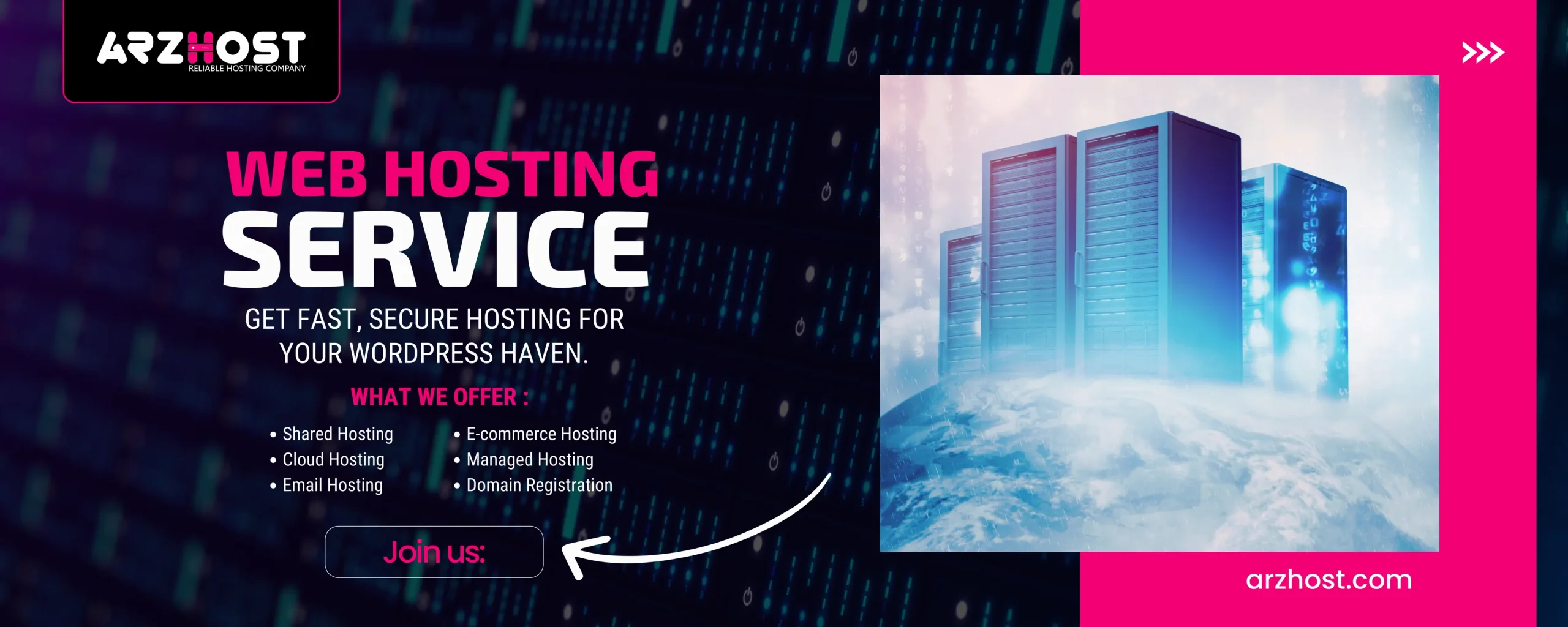The different types of data centers, as well as their distinctive traits, uses, and advantages, are covered in detail in this extensive overview. Gain knowledge about on-premises, colocation, cloud, and hyper-scale data centers and use it to make wise decisions regarding your data management requirements.
Types of Data Centers are essential for enabling digital transformation and fueling enterprises in today’s data-driven environment.
Data centers are the foundation of contemporary computing, from tiny businesses to huge corporations. They maintain the availability and accessibility of enormous amounts of data by storing, processing, and managing it.
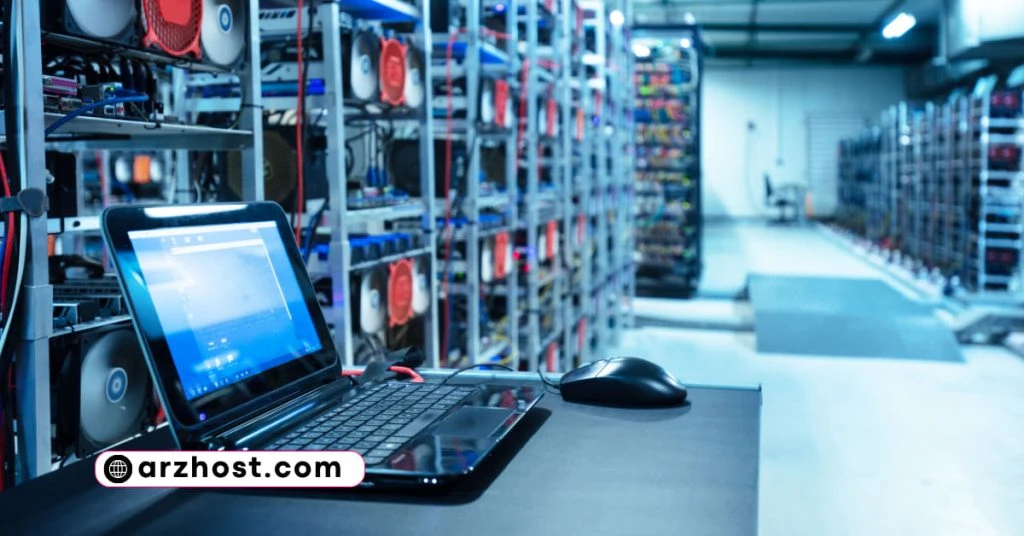
A data center is a collection of one or more structures that houses a consolidated computing infrastructure, often comprising servers, storage, and networking hardware. Without cutting-edge computing infrastructure, you can’t compete in today’s world of applications, big data, and digital everything.
The data center is the solution if you prefer to keep things internal. Its main function is to support all of the essential business workloads and applications that are used by all enterprises to conduct business.
In this article, I’ll explore the wide range of data centers and look at the various kinds that meet various needs and preferences in business.
What is Data Center?
A data center is a specialized structure where computer systems and related components, such as storage and telecommunications, are kept. Massive volumes of data and information must be managed, stored, and processed for a variety of businesses and organizations.
Because they support cloud computing, internet services, and other data-intensive operations, these facilities are crucial to the contemporary digital world.
In order to maintain the optimal temperatures and humidity levels for the hardware’s efficient operation, modern cooling systems are installed in data centers. Additionally, they are constructed with redundant power sources and backup generators to minimize downtime and ensure continuous operation even during power shortages.
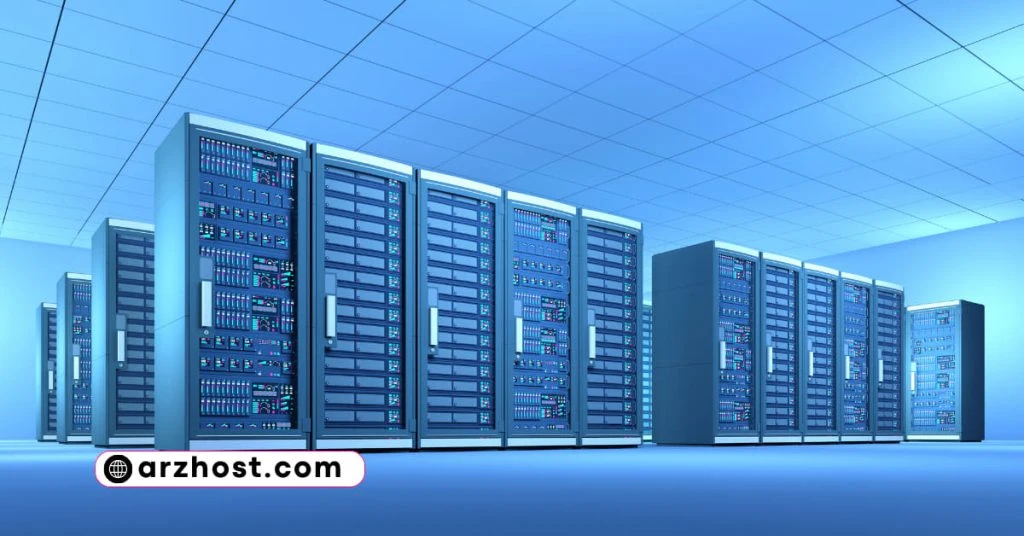
The infrastructure needed for a range of online services and applications to work efficiently and dependably is provided by data centers, which essentially act as central hubs for processing and storing data.
By enabling simple access to data and services on a worldwide scale, they play a crucial part in maintaining the continuously growing demands of our networked society. As technology advances, data centers are at the forefront of innovation because they constantly adapt to meet the escalating demands of the digital age.
What Functions Do Different Types of Data Centers Perform?
A data center acts as a central place for the storing, management, and processing of data and digital resources and is an essential component of today’s information technology infrastructure.
The availability, dependability, and security of data and services for enterprises, organizations, and people are its main goals. The main duties and obligations of a data center are as follows:
- Data Storage: Large volumes of data can be stored on servers, storage devices, and other computational hardware in data centers. Everything from customer information and financial records to multimedia files and application data might be included in this data.
- Data Processing: Data centers manage a range of computation-intensive processes, such as data processing, intricate calculations, and data conversions. They offer the computer power required to effectively operate software programs and services.
- Data Management: Effective categorization, organization, and security of data depend on proper data management. To maintain data accessibility and integrity, data centers use a variety of databases, storage systems, and backup programs.
- Network Connectivity: High-speed, redundant network connections are provided in data centers so that servers may communicate with one another and so that hosted applications and services have dependable internet connectivity.
- Virtualization: In order to increase scalability and optimize server resources, virtualization technologies are frequently used in data centers. Making greater use of hardware resources, virtual machines enable the operation of many operating systems and applications on a single physical server.
- Security: Protecting sensitive data from unauthorized access, online threats, and physical breaches is the responsibility of data centers. This calls for the use of firewalls, encryption, access controls, monitoring tools, and other security procedures.
- Disaster Recovery: Data centers use backup and disaster recovery plans as a defense against data loss and service interruptions. The ability to restore data in the event of unforeseen events is guaranteed by redundant systems and regularly planned backups.
- High Availability: For hosted services and applications, data centers strive to ensure high availability, reducing downtime and maintaining continuous operation. This goal is accomplished with the aid of failover systems, backup generators, and redundant power supply.
- Cooling and Environmental Controls: Due to the heavy usage of computer technology, data centers produce a significant amount of heat. In order to prevent hardware failure, sophisticated cooling systems, and environmental controls maintain an ideal working temperature.
- Scalability: Data centers must be able to scale their resources as organizations expand and their data needs grow. To satisfy the increasing demands of clients, this entails expanding the capacity of servers, storage, and networking.
- Green Initiatives: To lessen their negative effects on the environment, several data centers use eco-friendly techniques. Utilizing energy-efficient hardware, renewable energy sources and power use effectiveness (PUE) optimization are some examples of this.
Types of Data Centers, which support numerous online services, cloud computing, and internet-based applications, are essentially the foundation of the digital age. For organizations, governments, and people who depend on digital data and services for daily operations, their effective and secure operation is essential.
4 Types of Data Centers: Understanding the Backbone of Modern Computing
At Arz Host, I explore the fascinating world of data centers, the engines that propel contemporary technology and computing. ARZ Host takes pride in providing you with an in-depth analysis of the four main types of data centers that make up the foundation of the digital age as a top authority in SEO and high-end copywriting.
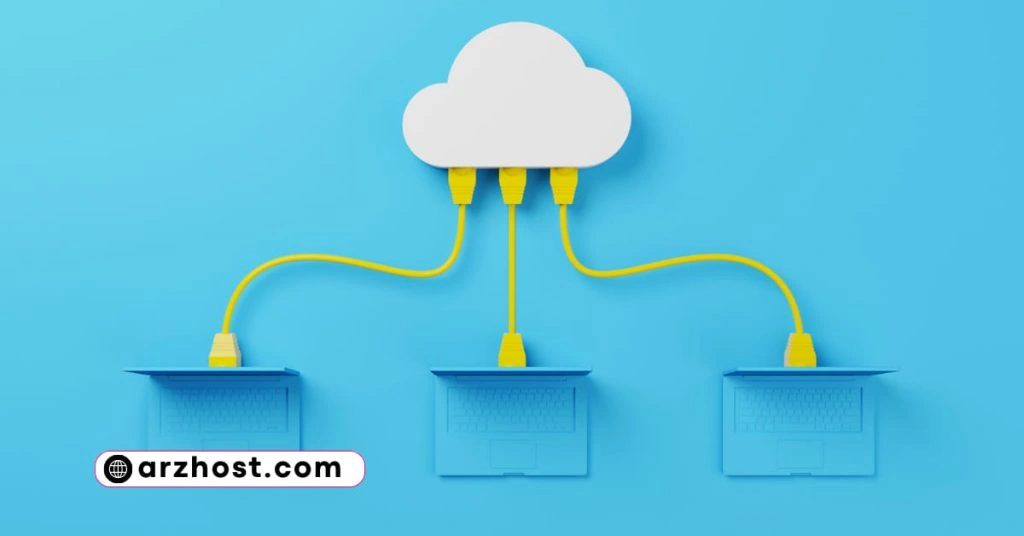
With a focus on offering insightful information and keyword-rich material, we hope to outrank other websites on Google and establish our article as the go-to source for information about data centers.
Types of Data Centers come in a variety of sizes, from a single small server room to large clusters of buildings spread across a large area, but they all have one thing in common: they are vital business assets where businesses frequently invest in and implement the most recent developments in data center networking, compute, and storage technologies.
The modern Types of Data Centers has changed from being a place where an on-premises infrastructure was housed to one that links on-premises systems with cloud infrastructures, where networks, applications, and workloads are virtualized across many private and public clouds.
1: Enterprise Data Centers: The Epicenter of Corporate Operations
Large businesses and organizations are powered by enterprise data centers. These enormous buildings host a huge number of servers and IT systems, ensuring efficient operations and data administration. They ensure optimum uptime and safeguard essential data by utilizing cutting-edge security methods and redundancy technologies.
Businesses keep their mission-critical data, such as customer information, financial information, and intellectual property, in enterprise data centers. Employees and consumers can access essential resources quickly thanks to the complex network architecture, which also helps to reduce latency.
2: Colocation Data Centers: Power and Flexibility for All
For companies of all sizes, colocation data centers provide a cost-effective alternative. Companies have the option of renting space and resources inside a colocation facility rather than establishing their own data centers.
They may take advantage of the cutting-edge infrastructure thanks to this arrangement while keeping control over their gear and software. Reduced capital outlay, 24/7 professional assistance, and the capacity to grow resources in response to demand are all advantages of colocation centers.
Colocation data centers offer the strength and flexibility required to compete in a cutthroat digital world, whether it’s a startup searching for a stable environment or an established business wishing to grow its IT capabilities.
3: Cloud Data Centers: Unleashing the Power of Cloud Computing
Cloud data centers have transformed how organizations and people use technology. Through the Internet, virtualized resources are hosted by these dispersed centers, providing unmatched convenience and scalability.
Businesses may optimize expenses and only pay for the resources they use thanks to the pay-as-you-go approach of the cloud. Companies can effectively respond to changing workloads and market demands if they have the capacity to scale resources up or down on demand.
Cloud data centers also support remote work and collaboration by enabling safe access to data and applications from any location in the world. This flexibility boosts productivity and equips companies to remain competitive in a world that is becoming more interconnected.
4: Edge Data Centers: The Future of Low-Latency Connectivity
The most advanced data center technology is represented by edge data centers. These data centers, which are situated closer to end users, reduce latency and provide data transfer that is incredibly quick. Edge data centers play a critical role in enabling technologies like IoT (Internet of Things) and 5G in a time when real-time interactions are essential.
Edge data centers’ low latency guarantees faster application and service response times, changing industries like telemedicine, augmented reality, and self-driving cars. Edge data centers give companies the ability to provide seamless user experiences and foster innovation in a variety of industries by minimizing their dependency on centralized data centers.
Overall, data centers are the foundation of contemporary computing and are essential to the success of the digital world. Each form of data center, from enterprise data centers with their strong infrastructure to colocation data centers with their flexibility to cloud data centers with their limitless potential to edge data centers with their low latency connectivity, each type plays a specific function in addressing the various demands of businesses and individuals.
We have carefully created this post to give you in-depth insights into the world of data centers as a skilled SEO and premium copywriter. This guide serves as evidence of our contention that superior content is essential to outranking rival websites on Google.
What are the Core Components of a Data Center?
At ARZ Host, we pride ourselves on being experts in the field of data centers. In the design of a data center, there are routers, switches, firewalls, storage systems, servers, and application delivery controllers. Data center security is crucial in data center design because these components house and manage business-critical data and applications.
I will examine the fundamental parts of a data center in this detailed manual, highlighting the subtleties that make it a crucial building block for contemporary companies.
1: Servers: The Backbone of Data Centers
Types of Data Centers depend on their servers to function. They are strong devices that handle, store, and process data. These systems manage a wide range of functions, including virtualization, database management, and hosting of websites and apps.
Data centers need more effective, scalable, and secure servers as technology advances to meet the rising computing demands of organizations.
2: Networking Equipment: Keeping the Data Flowing
Strong network infrastructure is essential in a data center to guarantee seamless connectivity between servers and other devices. A dependable and fast data flow is maintained by networking hardware, such as routers, switches, and firewalls.
Utilizing cutting-edge networking technologies is a top priority at ARZ Host for improving data center performance.
3: Storage Systems: Safeguarding Valuable Data
Storage systems are an essential part of data centers since they handle enormous amounts of important information. Effective and redundant storage solutions are essential for data backup, recovery, and accessibility, whether they use conventional hard disk drives (HDDs) or contemporary solid-state drives (SSDs).
We use storage methods that ensure data security and protection from unexpected circumstances.
4: Cooling Infrastructure: Keeping Temperatures in Check
The amount of heat produced by many servers makes cooling a crucial component of data center design. To maintain a steady operating environment, avoid hardware damage, and maximize energy usage, an effective cooling infrastructure is required.
To ensure peak performance, our data centers use cutting-edge cooling technologies like liquid cooling and hot aisle containment.
5: Power Supply and Backup Systems: Ensuring Uninterrupted Operation
In order to maintain smooth operations, data centers need a steady and dependable power source. Data loss and expensive downtime can result from unplanned power outages.
Therefore, it is essential to invest in reliable power supply systems and backup options like generators and uninterruptible power supplies (UPS). To reduce potential dangers, we at ARZ Host give priority to the resilience and redundancy of the power infrastructure.
6: Security Measures: Safeguarding Against Threats
Data centers could be a target for cyberattacks since they house important and sensitive information. To protect against unauthorized access, data breaches, and other malicious actions, robust security measures are essential.
To ensure the greatest level of security, our data centers use multi-layered security measures, including firewalls, access controls, encryption, and round-the-clock monitoring.
7: Scalability and Flexibility: Adapting to Changing Needs
Demands and requirements are always evolving for modern businesses. To support future development, data centers must be scalable and adaptable.
Adding additional servers, storage, or networking hardware won’t disrupt the functionality of our infrastructure, which is built to support expansion. Because of its scalability, our client’s data center requirements can be handled without causing any interference with their business operations.
8: Remote Management and Monitoring: A Proactive Approach
Types of Data Centers’ efficiency depends on effective remote management and monitoring. We can proactively discover and address issues before they worsen thanks to our sophisticated monitoring systems, resulting in maximum uptime and performance.
Regardless of where the data center is physically located, we can quickly respond to any issues thanks to our remote management capabilities. Any successful company in the digital age has a solid foundation in a well-organized, effectively maintained data center.
The key elements covered in this article— Types of Data Centers, networking hardware, storage systems, power supplies, cooling infrastructure, security safeguards, scalability, and remote management—work cohesively to build a solid and dependable data center environment.
At ARZ Host, we take pride in offering cutting-edge data centers that are specifically designed to satisfy the individual requirements of our customers. Our data centers stand out as a model of excellence in the sector thanks to our emphasis on cutting-edge technology, security, and scalability.
Therefore, trust ARZ Host to provide top-notch data center solutions that will enable your organization to flourish in the digital space whether you are a tiny startup or a huge enterprise.
What Are the Four Data Center Tiers?
Data centers are vital in supporting the digital infrastructure that drives our modern world in the ever-changing technological landscape. To securely and effectively handle their enormous amounts of data, businesses, and organizations rely on these data centers.

To make wise choices about data management and storage, it is necessary to understand the many tiers of data centers because not all data centers are made equal. We will go into the details of data center tiers in this extensive post, highlighting their distinctive qualities and how they affect business operations.
What is Data Center Tires?
Data center tiers are a defined system of grading the availability, redundancy, and dependability of a data center’s infrastructure. The Uptime Institute, a widely respected expert in data center management and design, created this classification.
Industry experts largely recognize and use The Uptime Institute’s Tier Standard to evaluate and contrast different data center facilities. Data centers are constructed on service level agreements (SLAs), which take into account the possibility of service interruption over the course of a year.
A data center will use more redundant resources to increase reliability in order to decrease downtime (for instance, the facility might have four geographically distinct power circuits instead of two).
When uptime is stated as a percentage, it is frequently referred to as “four nines” or 99.99%, indicating the number of times the digit 9 appears in the uptime percentage.
Data centers are rated on a scale of 1 to 4:
- Tier 1: 99.671% uptime with no more than 29 hours of probable service interruption per year.
- Tier 2: 22 hours or less (99.741%).
- Tier 3: 1.6 hours or less (99.982%).
- Tier 4: a maximum duration of 26.3 minutes (99.995%).
As you can see, Tier 1 and Tier 4 classifications are very different from one another, and as you might anticipate, there can be significant cost variations between tiers.
There are four distinct data center tiers, each representing a different level of resilience and reliability. As we ascend through the tiers, the complexity, redundancy, and cost of the data center increase, resulting in enhanced performance and availability. Let’s explore each tier in detail:
Tier I: The Basic Data Center
The basic data center, or Tier I, is the cornerstone of the tier classification scheme. Tier I facilities have little redundancy, are prone to interruptions, and experience downtime. Small companies or startups with minimal IT needs might use these data centers. They frequently don’t have redundant parts; therefore, any maintenance or equipment malfunction can result in service outages.
Tier II: The Redundant Data Center
In Tier II data centers, some redundancy is included to improve availability and dependability. They still only have a single path for the distribution of electricity and cooling, while being more dependable than Tier I facilities.
Tier II data centers may perform planned maintenance without affecting crucial operations, but because of their insufficient redundancy, they are nevertheless susceptible to unanticipated outages.
Tier III: The Concurrently Maintainable Data Center
Tier III data centers offer a higher level of dependability and redundancy as we advance up the tiers. These facilities provide the opportunity to replace equipment and perform maintenance without disrupting crucial systems.
With a 99.982% uptime guarantee, Tier III data centers are appropriate for medium- to large-sized businesses with mission-critical applications.
Tier IV: The Fault-Tolerant Data Center
Tier IV data centers, a fault-tolerant data center, is at the top of the classification hierarchy. The highest levels of fault tolerance and redundancy are found in Tier IV facilities, which deliver an amazing 99.995% uptime.
These data centers can operate without interruption through power outages, equipment breakdowns, and even natural disasters. Large businesses, governmental organizations, and organizations that place a high value on continuous data availability frequently use Tier IV data centers.
Key Considerations for Data Center Selection
It’s important to carefully consider your business goals and the value of data availability when choosing the right data center tier for your corporation. Tier I and Tier II data centers might work for smaller businesses with fewer IT needs and tighter budgets, but Tier III or Tier IV facilities would be better suited for larger corporations and organizations that significantly rely on digital services.
Factors to consider when choosing a data center tier include:
- Business Requirements: Consider your company’s needs, such as the need for redundancy, scalability, and constant uptime. A Tier III or Tier IV data center is a better option if your activities heavily rely on real-time data processing and cannot tolerate any downtime.
- Budget Constraints: Higher-tier data centers are more expensive, but they also provide more reliability. To ensure your company runs well, it’s crucial to establish a balance between your budget and the amount of redundancy needed.
- Future Growth and Scalability: Take into account the scalability needs and potential for expansion of your firm. Future expenditures can be significantly reduced by purchasing a data center that can expand.
- Compliance and Security: Compliance and security certifications are important factors to take into account for companies that deal with sensitive data or operate in regulated industries. Make sure the data center you select offers reliable security measures and complies with industry requirements.
Understanding the various levels of data centers, which are the foundation of the digital world, is essential for helping your organization make well-informed decisions about its data management requirements.
With the support of The Uptime Institute’s Tier Standard, enterprises may compare and evaluate data center facilities in an efficient manner. Each tier offers a varying level of resilience and reliability, ranging from the entry-level Tier I data center to the fault-tolerant Tier IV facility.
Consider your business requirements, financial limits, expansion potential, and security requirements when selecting a data center tier. Critical data for your company will stay accessible and secure if the proper balance is struck.
What is the role of AI in the Data Center?
AI plays a crucial role in modern data centers, revolutionizing how these facilities are managed, optimized, and secured. Traditional techniques of monitoring and maintenance have failed as data centers have gotten bigger and more complex. Here AI can dramatically improve productivity and performance.
Predictive maintenance is one of the main uses of AI in data centers. Artificial intelligence (AI) systems can identify trends and abnormalities that could be signs of upcoming equipment failures or performance problems by evaluating enormous volumes of data from numerous sensors and devices.
Data center operators can schedule proactive maintenance work, limiting downtime and averting costly interruptions, by anticipating these issues before they arise.
The energy use in data centers is also optimized using AI. As a result of these facilities’ well-known high power needs, AI systems may examine data on energy consumption and workloads to pinpoint regions where power might be distributed more effectively.
AI assists in reducing energy waste through intelligent load balancing and resource management, which in turn decreases operational costs and has a positive influence on the environment.
The security of data centers is a key area where AI excels. Traditional rule-based security solutions may find it difficult to keep up with the continuously changing nature of cybersecurity threats.
Real-time network traffic analysis, anomaly detection, and identification of possible cyber threats are all capabilities of AI-powered security solutions. This aids in preventing cyberattacks, data breaches, and illegal access that can endanger sensitive data kept in the data center.
AI also makes intelligent automation in data centers possible. AI-driven orchestration systems can automate routine operations like server provisioning, network configuration, and storage management. Processes are accelerated through automation, which also lessens the possibility of human error that could cause system vulnerabilities or downtime.
By enabling intelligent automation, improving security protocols, optimizing energy use, and offering predictive maintenance, AI plays a crucial role in data centers. Its integration gives data center managers the ability to manage their facilities more effectively, consistently, and securely, which ultimately leads to better performance and client satisfaction.
Conclusion
Types of Data Centers is a dynamic and diversified one, with different types of buildings designed to satisfy different corporate objectives and technological requirements. Each categorization has a specific function in the modern digital world, from the enormous hyper-scale data centers that power multinational tech companies to the tiny micro data centers that support edge computing.
Types of Data centers will remain at the cutting edge of innovation as technology develops further, accelerating the digital transformation that will determine our future.
FAQS (Frequently Asked Questions)
Q# 1: What are the key features of hyper-scale data centers?
Large size, scalability, and efficiency are traits of hyper-scale data centers. The enormous number of computers and storage units housed in these facilities allow them to manage tremendous workloads. Additionally, in order to minimize energy consumption and lessen their environmental impact, hyper-scale data centers frequently use cutting-edge cooling techniques and renewable energy sources.
Q# 2: How do colocation data centers ensure security for multiple clients sharing the same space?
Strict security procedures are implemented by colocation data centers to safeguard their clients’ data and infrastructure. Some of the techniques used to protect the shared environment include access controls, video monitoring, biometric authentication, and round-the-clock security professionals.
Q# 3: What is the significance of edge data centers in the age of the Internet of Things (IoT)?
By lowering latency and enhancing the performance of IoT applications, edge data centers play a significant part in the IoT environment. Edge data centers are crucial for IoT devices and services because they offer real-time responses by processing data closer to the source.
Q# 4: What are the tiers in tiered data centers, and how do they differ in terms of reliability?
Tier 1 is the lowest complexity and Tier 4 offers the highest level of reliability in tier-based data centers. Tier 4 data centers are built with redundant systems, assuring almost 100% uptime and reducing the chance of downtime from maintenance or equipment failure.
Q# 5: How do green data centers contribute to sustainability?
Green data centers follow eco-friendly methods including using recycling programs, energy-efficient cooling systems, and renewable energy sources like solar and wind power. Environmental sustainability is promoted by green data centers by lowering their carbon footprint.
Q# 6: What are the main advantages of using virtual data centers?
Virtual data centers offer significant advantages, primarily in terms of flexibility and scalability. Businesses can readily modify their computing capabilities to shifting needs without expensive hardware upgrades by virtualizing resources like servers and storage. Faster service deployment and cost minimization are made possible by this flexibility.
By distributing physical infrastructure among numerous virtual machines, virtual data centers also increase resource usage, resulting in greater efficiency and lower energy use. Additionally, they improve disaster recovery with simple virtual machine replication and data backups, guaranteeing the security of crucial data.
Last but not least, virtual data centers allow for geographic flexibility, enabling firms to distribute resources across many locations, administer them centrally, and promote cooperation among remote staff and clients. Generally speaking, virtual data centers offer a reliable and adaptable foundation for contemporary company.




